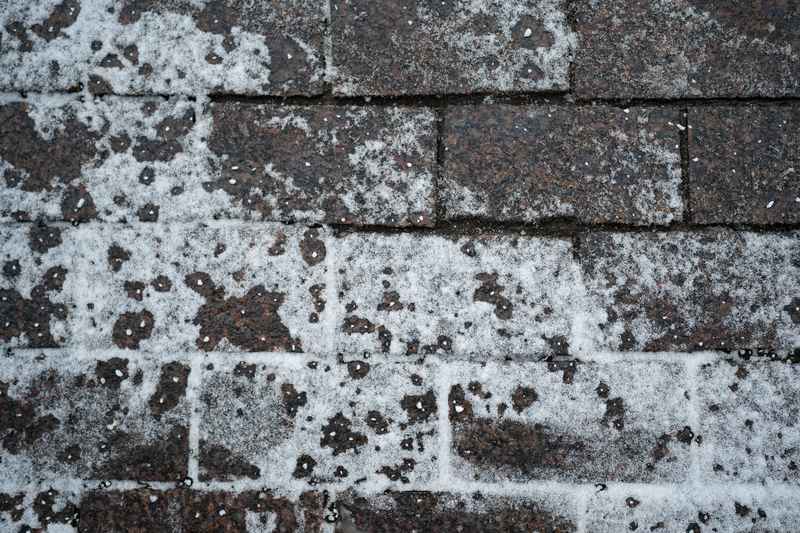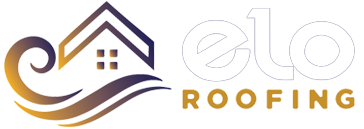Hailstorms are a common weather phenomenon in Denver, and they can pose significant risks to your property, especially your roof. Understanding the dangers of hail, recognizing signs of hail damage, and taking proactive measures to protect your roof are crucial steps in ensuring the longevity and safety of your home. In this blog, we will delve into the impact of hail on your roof, how to identify hail damage, what roof repairs are needed, and the best practices to safeguard your roof against hail.
The Impact of Hail on Your Roof
Hail can vary in size, from small pellets to golf ball-sized stones, and the damage they cause depends on their size, density, and the speed at which they fall. Even small hailstones can cause significant damage to your roof if they fall at high speeds.
Shingle Damage:
Asphalt shingles, the most common roofing material, are particularly vulnerable to hail damage. Hailstones can cause granule loss, which protects the shingle from UV rays, leading to faster deterioration. Larger hailstones can crack or break shingles, creating pathways for water to seep in.

Cracked or Broken Tiles:
For homes with tile roofs, hail can cause tiles to crack or shatter. Even a single broken tile can expose the underlayment and roof structure to water damage.
Dented Metal Roofs:
While more resilient, metal roofs are not immune to hail damage. Hailstones can dent metal panels, compromising their aesthetic appeal and potentially leading to issues with the roof’s structural integrity over time.
Damage to Roof Vents and Gutters:
Hail can also damage other components of your roofing system, such as vents, skylights, and gutters. Dented or broken vents can lead to ventilation problems, while damaged gutters can cause improper drainage and water pooling around your home’s foundation.
Signs of Roof Damage from Hail
After a hailstorm, it’s essential to inspect your roof for any signs of damage. Here are some key indicators that your roof may have been impacted by hail:
1. Missing or Dislodged Shingles: Hailstones can loosen or dislodge shingles, leading to visible gaps in your roof.
2. Granule Loss: Check your gutters and downspouts for an accumulation of granules. Significant granule loss indicates that your shingles have been damaged.
3. Dents or Blemishes: Look for dents or blemishes on the surface of your shingles, especially on the softer asphalt shingles. These can be more noticeable in areas with softer materials, such as roof vents and flashing.
4. Cracked or Broken Tiles: Inspect tile roofs for any visible cracks or broken pieces. Pay special attention to the ridge caps and edges of the roof.
5. Water Stains and Leaks: Check for water stains on the ceiling or walls inside your home. Leaks or damp spots in the attic are also indicators of roof damage.

Protecting Your Roof from Hail
While it’s impossible to prevent hailstorms, there are several measures you can take to protect your roof and minimize damage:
1. Choose Hail-Resistant Roofing Materials: When replacing or installing a new roof, consider materials that offer better resistance to hail. Impact-resistant shingles, metal roofing, and concrete or clay tiles are more durable options that can withstand hailstorms more effectively.
2. Regular Roof Inspections and Maintenance: Schedule regular inspections, especially after a hailstorm. Professional roofers can identify and address minor issues before they become significant problems. Regular maintenance, such as cleaning gutters and removing debris, also helps maintain the integrity of your roof.
3. Install Hail Guards and Protective Covers: Installing hail guards over roof vents, skylights, and other vulnerable areas can provide an extra layer of protection. Protective covers can prevent hailstones from causing direct damage to these components.
4. Trim Overhanging Branches: Trees with branches hanging over your roof can exacerbate hail damage. Trim these branches to reduce the risk of them breaking and falling onto your roof during a storm.
5. Invest in Impact-Resistant Skylights: If your home has skylights, consider upgrading to impact-resistant models. These are designed to withstand hail impacts and reduce the risk of breakage.
6. Reinforce Roof Flashing and Vents: Ensure that your roof flashing and vents are securely installed and made of durable materials. Reinforced flashing can help prevent leaks and water damage caused by hail.
7. Install a Roof Hail Net: A roof hail net is a protective mesh that can be installed over your roof to absorb the impact of hailstones. This can be particularly useful for homes in areas prone to frequent hailstorms.
8. Secure Insurance Coverage: Ensure your homeowner’s insurance policy covers hail damage. Understanding your coverage can help you quickly address damage and reduce out-of-pocket repair expenses.
Stay Prepared: Elo Roofing is Here to Help
Hailstorms are inevitable in Denver, but being prepared can make a significant difference in protecting your home. Understanding the potential damage hail can cause, recognizing the signs of roof damage, and taking proactive measures to safeguard your roof are essential steps in maintaining the integrity of your home. At Elo Roofing, we are committed to helping Denver homeowners protect their roofs and ensure the longevity of their investment. If you suspect hail damage or want to take preventive measures, contact us today for a comprehensive roof inspection and expert advice on the best solutions for your home.



